Is Neurosurgery as Amazing as I Imagined?
Written by: Yasmeen Medhat | Edited by: Arshad Mohammed
I was going into the hospital to shadow a neurosurgeon for the first time. I wasn’t sure what to expect–I had this idealized vision that neurosurgeons were these superheroes with steady hands and impeccable problem solving skills that fixed issues no other human on this planet could. I walked into the OR on my first day to find the attending I’m supposed to be shadowing sitting on her laptop in the corner of the room while two other individuals were performing the surgery; the surgery was a laminectomy–an apparently very common spinal surgery that residents typically perform and attendings simply oversee. I watched the surgery and noticed its tedious nature, cauterization and scraping away at the lamina over and over. The smell of burning flesh was ingrained in my mind. As I watched, I wasn’t sure how to feel–maybe neurosurgery wasn’t all that amazing like I expected.
Later that day however, a patient came in with a left frontal brain mass that needed to be biopsied. I was waiting for the surgery to begin when I saw this machine with two large screens being rolled into the OR. The machine had loaded up the imaging scans that they had taken of the patient’s brain a couple of days ago, and it had created a 3D image with the mass lit up in a bright blue. Before starting the surgery, the surgeon used this magic wand (it was really just a stick) to calibrate the machine in order to localize the mass and mark where to make her incisions. I jokingly asked the resident how surgeons performed a surgery like this in the past without the amazing technology and he laughed and said, “They really had to know their neuroanatomy!” The surgery began and I saw the process that it took to cut through the skin, drill through the skull, and finally remove the dura before getting to the beautiful brain. The surgeon walked me through every step and let me just stare at the brain for a few seconds. I was in awe! They localized the mass using the magic wand and I was able to observe how it was slightly different in color and texture from the rest of the brain tissue. They took a biopsy, sent it to the lab, and within a few minutes the lab called down to the OR indicating that it was a glioblastoma (a tumor that forms from the glial cells of the brain–turns out a lot of CNS and PNS tumors have pretty straightforward names like this one). Glioblastoma is a very aggressive cancer and the patient had multiple masses so the surgeon put on a microscope that played a live image on the OR screens and I watched as she tried to remove as much of the tumor as possible.
I went home that evening and I couldn’t wait to tell my parents everything that I saw. I shadowed in the clinic and the OR for another almost 90 hours that summer and witnessed some other pretty amazing surgeries, most notable were the awake deep brain stimulation surgeries for Parkinson’s disease, essential tremor, and facial pain; telling you about those would require a whole blog post in itself. At the end of the summer I could confidently say that neurosurgery turned out to be as exciting as I expected it to be.

